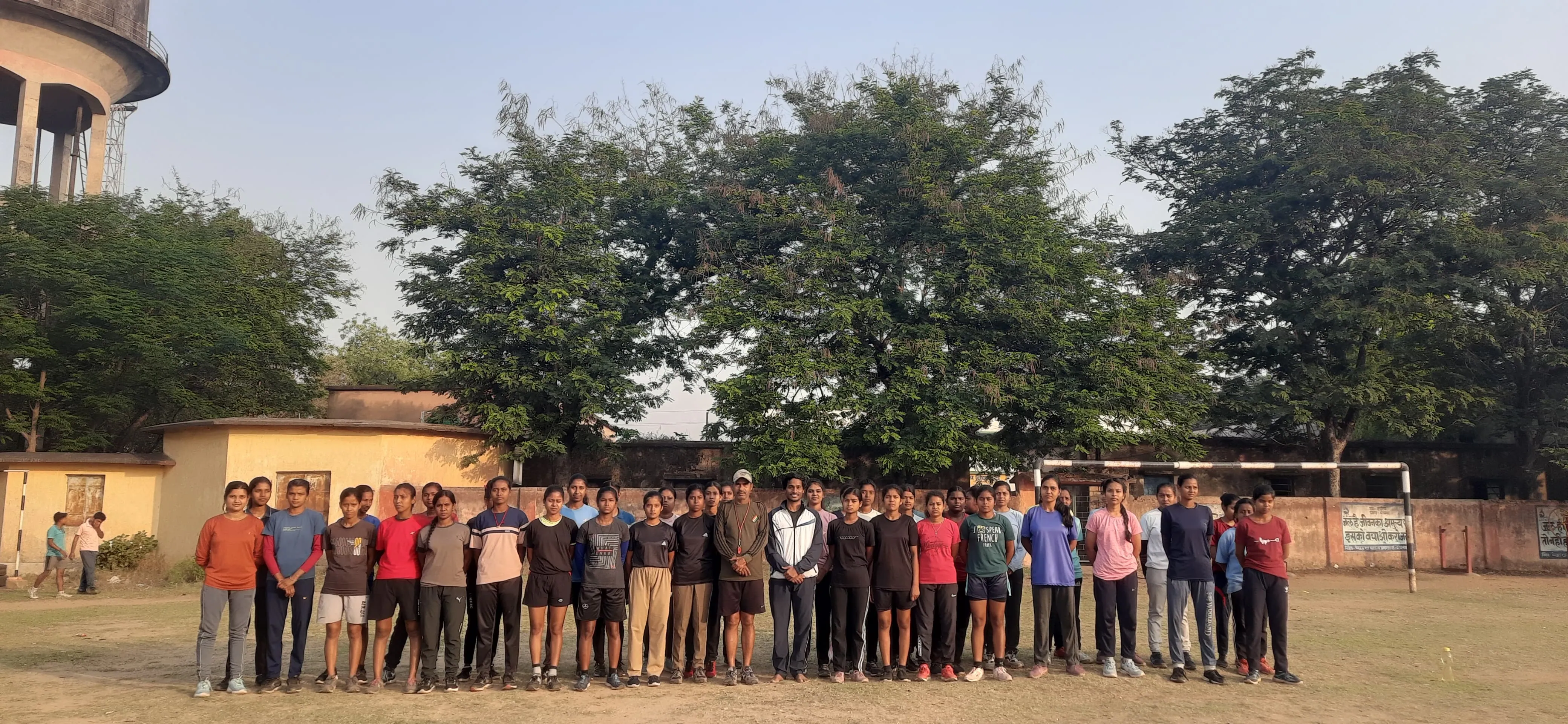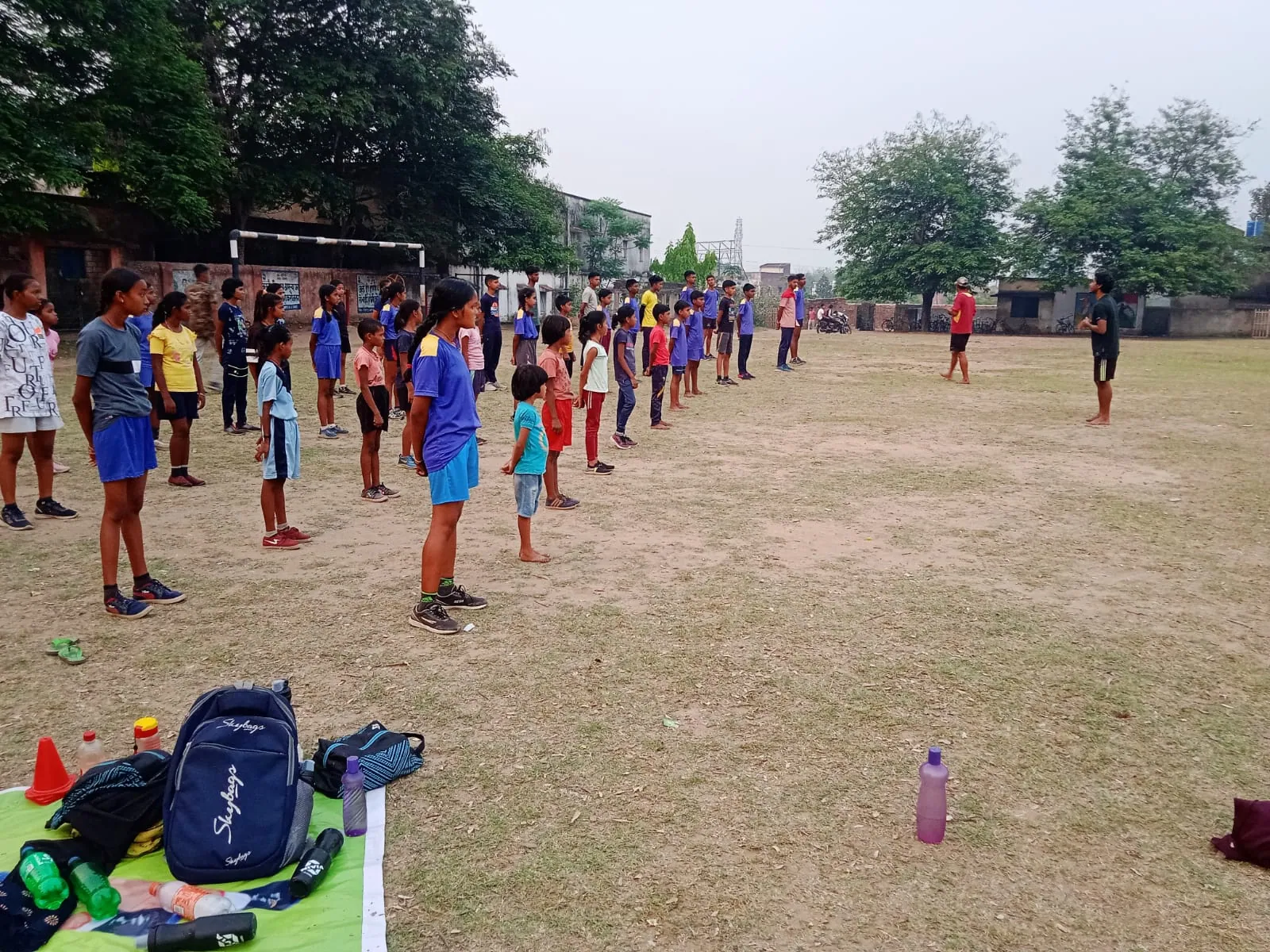The Joy of Sharing Kalari with Village Kids
- Nishant Dhanaanjayy
- Apr 7, 2024
- 3 min read
The Holi festival, a vibrant celebration of colors, also brought a colorful twist to a small village's routine. It was during this festive time that a heartwarming tale of community and learning unfolded. A local, returning to their roots for the holiday, decided to impart the ancient martial art of Kalari to the village children, free of charge. Kalari, a discipline that dates back centuries, is not just a form of self-defense but a holistic approach to physical and mental well-being.
The plan was simple yet noble: to utilize a piece of fallow farmland, which had become a makeshift playground for the local youth, as a training ground for these eager minds. The expectation was modest – perhaps five children would show interest. However, the village had a delightful surprise in store. Twenty-two enthusiastic kids showed up, ready to learn and brimming with energy. Initially dominated by boys, the group soon balanced out as girls joined, intrigued by the activity and the holiday spirit.
The children's energy was palpable, their flexibility remarkable, and their capacity to learn, impressive. They were a testament to the boundless potential that lies within young minds and bodies. Of course, their playful mischief was part of the package, challenging the trainers to adapt and engage with them on their level. It was a lesson in patience and understanding, revealing that once you comprehend the workings of their youthful exuberance, you can guide and nurture it in any child.
After the vibrant festival of Holi, a noticeable dip in the number of children attending the local Kalari classes was observed, attributed to the resumption of school and tuition schedules. However, a dedicated group of 12-15 children displayed exceptional commitment, adjusting their routines to accommodate their training sessions from the early hours of 5:15 am to 7 am, ensuring they could attend their educational commitments thereafter.
The enthusiasm for Kalaripayattu, a discipline known for its dynamic movements and spiritual underpinnings, was palpable, particularly among the village children. Their zeal for physical training was unexpected and heartwarming, with some eager students arriving at my doorstep before dawn, ready to commence their day with vigor and determination.
A striking observation was the contrasting levels of sustained enthusiasm between the genders; while many boys' interest waned after a mere ten days, the girls demonstrated remarkable perseverance, continuing their practice independently, even in the absence of their mentor. This self-motivation and dedication to the art form were not only inspiring but also indicative of a deeper cultural shift towards gender equality in sports and physical disciplines.
The narrative took an intriguing turn when I visited my maternal uncle's home in Kapuria Dhanbad, where they encountered a master trainer preparing local youth for athletic events and police recruitment. Introduced by a friend, I had the opportunity to share the rich history and techniques of Kalaripayattu with approximately 40 young women training for the Jharkhand police force. The response was overwhelmingly positive, with both the trainees and Ranjit sir the trainer expressing keen interest in this traditional martial art, previously unfamiliar to them.
In evenings he gives training to a vibrant group of around 40 youngsters under the age of 17. His belief in the potential of these young minds to absorb the essence of Kalaripayattu is truly inspiring.
In just two days, these kids have shown remarkable progress, mastering the first form of this martial art. Their eagerness is evident, with one child even requesting an early session to continue learning. This enthusiasm is a testament to the magnetic appeal of Kalaripayattu. Despite the constraints that limited the training to a mere couple of days, the impact was significant. As a practitioner, the joy of sharing the knowledge of Kalaripayattu with those previously unaware of its existence is immeasurable.
Now, thanks to these efforts, at least 100 to 120 people have been introduced to the rich culture of Indian martial arts. This is more than just teaching a set of movements; it's about instilling discipline, respect, and a connection to a cultural heritage that has shaped warriors for centuries. Kalaripayattu is not merely a martial art; it's a way of life that nurtures the body, mind, and spirit.
The journey of spreading awareness about Kalaripayattu is a noble one. May the legacy of Kalaripayattu continue to flourish and find new enthusiasts among the younger generation, preserving its rich traditions for years to come.






Comments